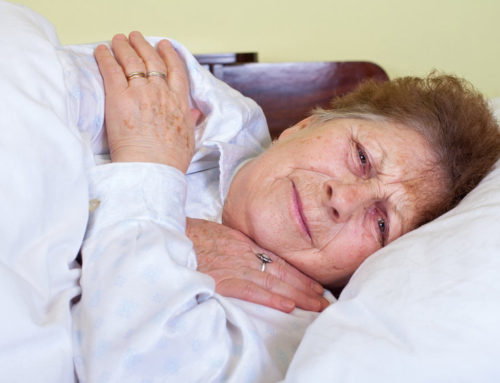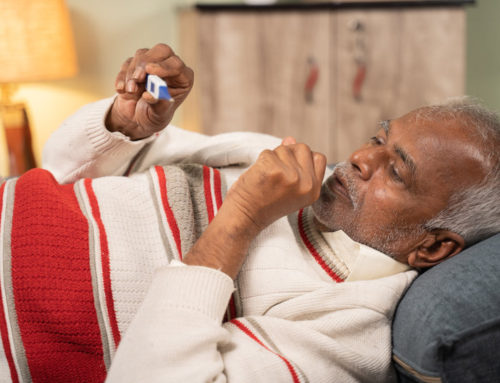Share This Story!
Are You Thinking About Long-Term Care?
The health, safety, and wellness of elderly loved ones are top priorities. So when the time comes to choose a long-term care facility, the decision can be difficult. These facilities come in handy when a family does not have the skill or time to care for a loved one alone. Long-term care facilities provide a range of services for people who can’t live independently. These services run the gamut of medical care, physical therapy, assisted living, and skilled nursing homes.
The importance of touring the facility
If the family decides on an external facility, there are a lot of factors to consider. The location should be comfortable and contain all the medical and wellness support needed. There are also insurance, cost, and other enrollment factors with each facility. Above all, most homes place the best images and marketing online, so searching and comparing online doesn’t always show a true picture. An in-person visit will give families information and allow interaction with administrative personnel. Set up multiple visits at different locations and look for these things during the tours.
Safety matters
The long-term care facility should be secure, with the right staff to protect and support residents. Since there will be residents with dementia or Alzheimer’s disease, the location should be able to prevent wandering. The residents’ beds should have alarms, or there should be alarms nearby.
Focus on cleanliness
The way the facility maintains a clean environment will give an idea of what loved ones can expect. The rooms and living facilities should be clean, regularly maintained, and as private as possible. The common areas, dining areas, and recreational areas should also be clean. Outside is just as important as inside. Look for gardens, outdoor spaces, or other facilities that help residents feel comfortable.
Service with a smile
The people that will interact with and care for your loved one are just as important as the facility. Staff will engage and interact well with people touring the space. Don’t take kindness at face value. Observe how the staff interacts with the residents, looking for signs of compassion, respect, and humility. Get an idea of how many persons are available every day to care for the residents. Get some feedback from the residents, if possible, on the level of care by the staff.
Check on the available medical services
What levels of care are available to residents? Each resident brings special needs, and the facility must be able to meet these demands. These include physical therapy, doctor’s visits, and response to emergencies. The facility should follow best practices and should allow families to customize care.
Ready for recreation
Look around for recreational activities. Observe what’s available and what the other residents are doing during the tour. If there is someone in charge of recreational activities, ask about the calendar of events and what part the residents play in the events. Ensure that the facility aims for holistic services, including religious, intellectual, games, and physical activities. Seniors can boost cognitive function with targeted recreation.
Trust your gut
Finding the right long-term care facility can be difficult. Many locations focus on optics, proper positioning, and marketing to get as many residents as possible. But keen observation can help families see what’s happening behind the scenes. Don’t hesitate to chat with residents who’ve lived there for an extended period. Use intuition, take notes, and decide the best option for everyone involved.





